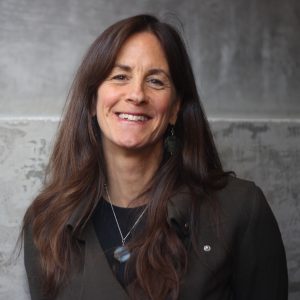Sustainability is complex. It’s systems-based and dynamic. It’s scientific and political. It’s multi-faceted and easily misunderstood. It’s complicated.
For that reason it can take numerous very challenging discussions to make positive change. You know that. You’ve been there. How many times have you been in one of those discussions and been interrupted by someone demanding, “What’s the bottom line?!”
So often I have seen people acquiesce to this demand by putting sustainability — nature and humanity — in economic terms: triple bottom line, ecological services, natural capital. I’ve done it myself. Yet rarely have I heard someone demand that a business person put their proposition in biological terms, or require that it be evaluated using the metric of, say, love.
Business cannot exist without nature and people, so asking “What’s the bottom line?” when considering a sustainable design is probably not the most appropriate prompt for a meaningful discussion. I’d argue that a better question might be, “What’s love got to do with it?”
Why? If you’re reading this, you can probably think of plenty of reasons. If not, consider these:
What’s the business case for the smell of a morning rain?
What is the dollar value of the song of birds outside your window?
What’s the opportunity cost of helping out your elderly neighbor?
What’s the efficiency of an apple tree?
What’s the ROI on your dog, or your daughter?
You see where I’m going with this. The things we deeply value, and value most, fall outside of the metrics of capitalism. Yet we still slavishly use the metrics of capitalism to measure the value of everything.
If you’re struggling with this — and all of us in the global north should — there are some places for you to explore.
I’m currently re-reading the book Small is Beautiful, Economics as if People Mattered. This is the “influential classic that taught us to value communities over corporations”. The newest edition has a forward by Bill McKibben.
Bill McKibben has also written several books, including Enough. “… this wise and eloquent book argues that we cannot forever grow in reach and power—that we must at last learn how to say, “Enough.””
If you want to explore your own relationship with money, you can take a look at Your Money or Your Life. Their premise: “No matter what you think money is, there’s one truth about money that applies to everyone: Money is something you trade your life energy for. You pay for money with your time. And the exchange is not as good as you think.”
After you do more exploring, please share your insights with others! If you’re bold, consider interrupting the next business proposal presentation with the question, “What’s love got to do with it?”
Read here for another angle on What’s love got to do with it?

